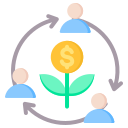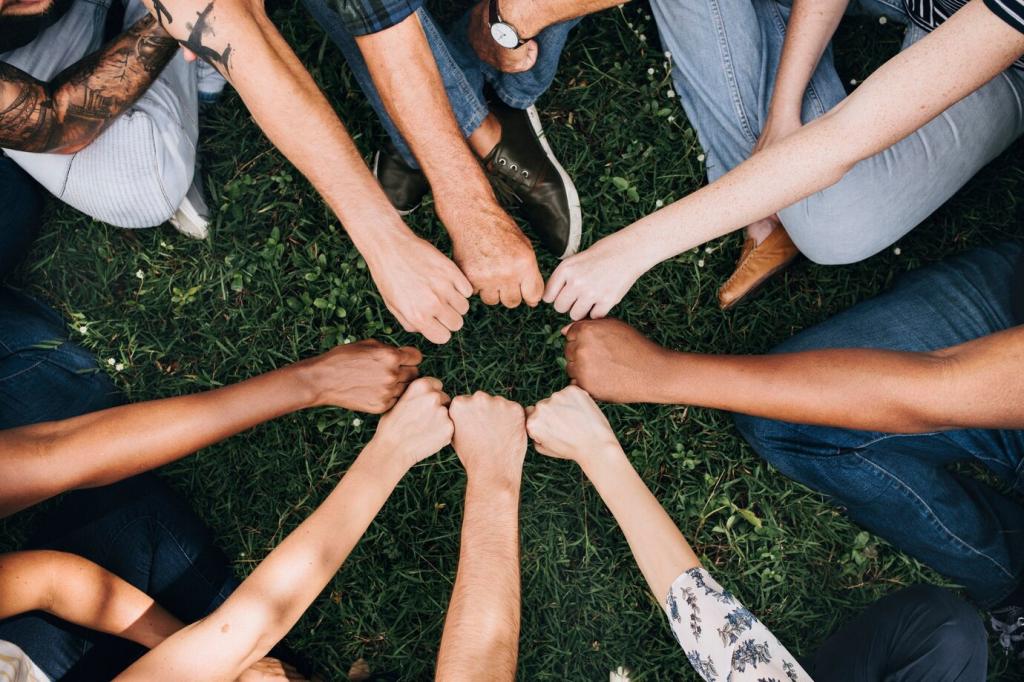
Together for Wild Places: Community Partnerships for Biodiversity Conservation
Chosen theme: Community Partnerships for Biodiversity Conservation. Welcome to a space where neighbors, elders, scientists, and youth join forces to safeguard species and habitats. Subscribe, share your local project, and help us spotlight partnerships that heal ecosystems while strengthening community bonds.
Why Community Partnerships Protect More Life
Across forests, coasts, and grasslands, communities hold generational knowledge about seasons, species behaviors, and sacred places. When partnerships honor this wisdom, projects avoid blind spots and earn trust. Tell us which traditions guide conservation where you live, and we may feature your story in upcoming posts.
Why Community Partnerships Protect More Life
Volunteer bird counts, reef checks, and freshwater testing produce credible data that speaks in council meetings and planning boards. By pairing easy-to-use protocols with training, communities influence land-use choices. Join our newsletter to download simple monitoring sheets and contribute observations that matter.
Why Community Partnerships Protect More Life
Partnerships thrive when conservation improves daily life—cleaner water, sustainable harvests, safer livelihoods. Co-designed rules and transparent benefit sharing turn protection into pride. Comment with ideas for fair agreements in your region, and help others learn from your experience.
How to Start a Community Conservation Partnership
Invite fishers, farmers, foragers, youth groups, and local officials to a participatory mapping session. Layer wildlife sightings, migration routes, and cultural sites over resource use. This shared picture sparks honest conversations about pressures, priorities, and possible no-take or restoration zones.
How to Start a Community Conservation Partnership
Start with actions that deliver visible benefits within months—trash cleanups, invasive plant removal, or nesting site protection. Celebrate aloud and document results. Quick successes create momentum for tougher goals like watershed reforestation or community-managed protected areas.

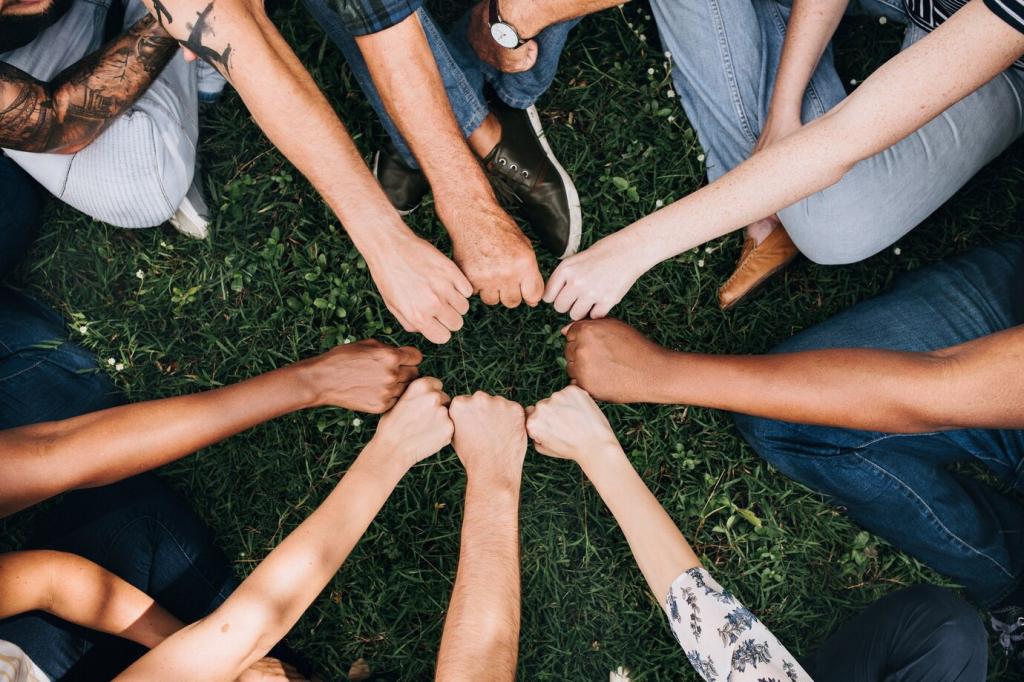
Stories from the Field: Partnerships Making Biodiversity Bloom
In a storm-battered estuary, a cooperative replanted native mangroves after elders recalled how roots once sheltered juvenile fish. Within seasons, crab catches improved and shorelines stabilized. Share your coastal restoration story, and inspire fellow readers with lessons from success and setbacks.
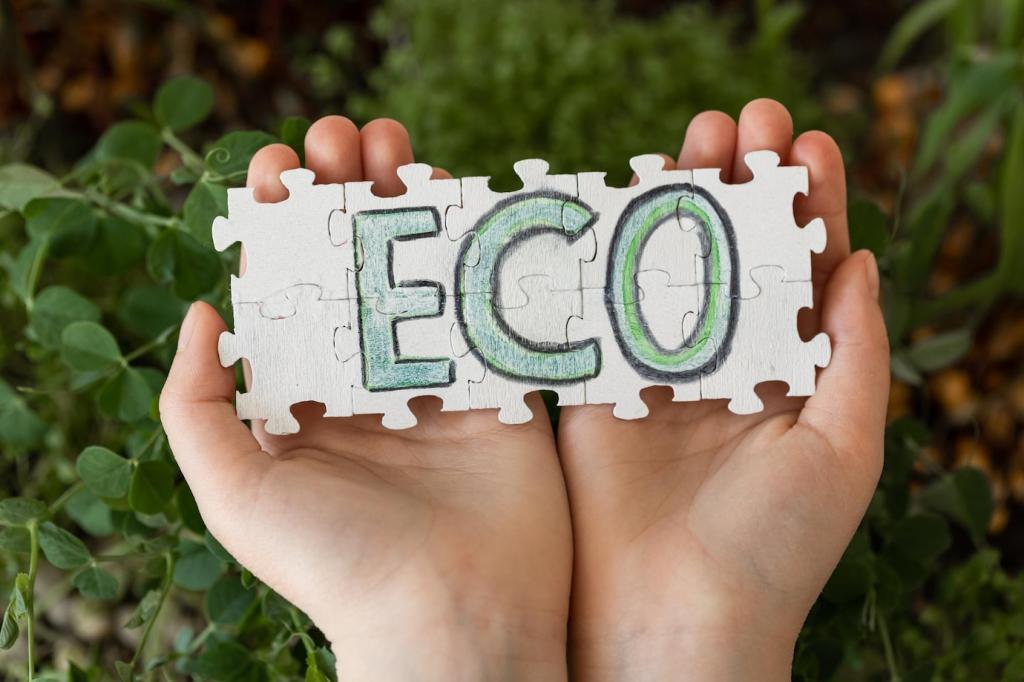
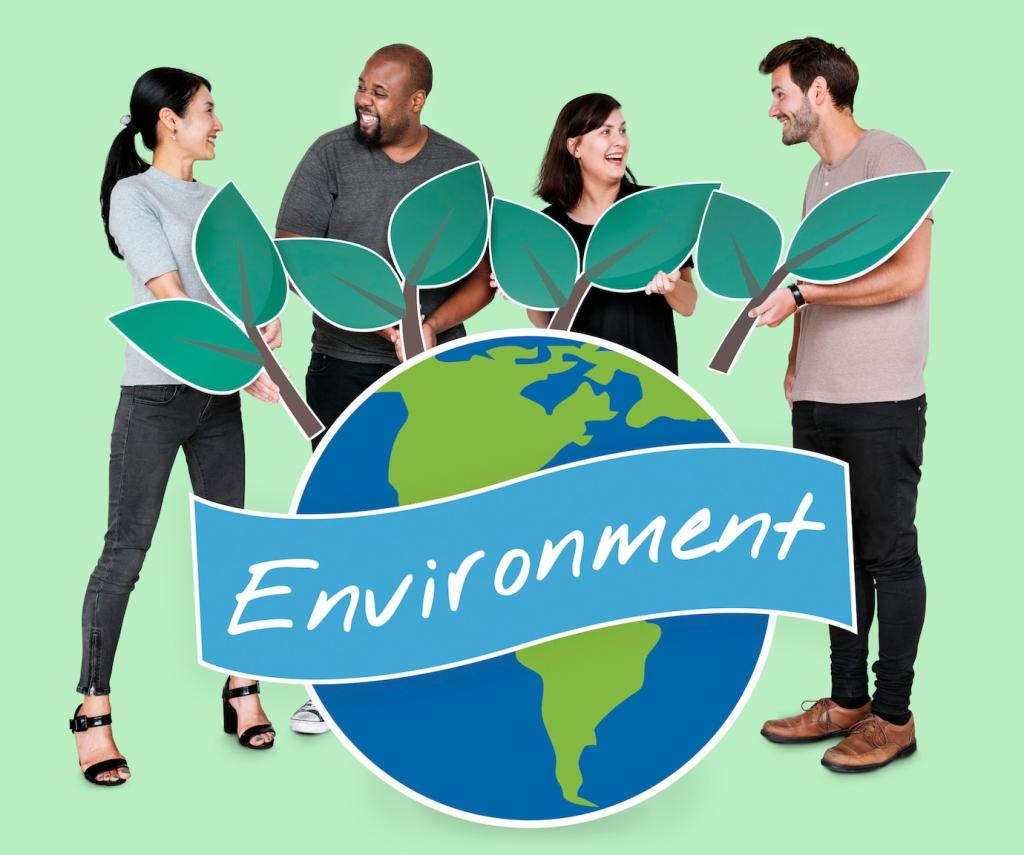
Tools that Bring People and Nature Together
Platforms for recording birds, corals, or amphibians turn observations into maps that decision-makers respect. Offline modes and local language interfaces remove barriers. Subscribe for our curated toolkit and training calendar tailored to community-led biodiversity projects.
Tools that Bring People and Nature Together
Large paper maps and colored markers remain powerful for dialogue, while community GIS adds precision for advocacy. Co-create layers showing water sources, wildlife corridors, and sacred sites to negotiate responsibly with developers and agencies.
Payments for Ecosystem Services Done Right
When upstream communities protect forests, downstream users can compensate them for cleaner water and flood control. Transparent contracts, independent verification, and community funds ensure benefits reach households fairly. Share your PES lessons to help others avoid common pitfalls.
Community-Owned Ecotourism
Guided walks, homestays, and craft markets create income tied to healthy habitats. Train local guides, cap visitor numbers, and reinvest profits in restoration and education. If you run tours, tell us how you balance wildlife welfare with visitor curiosity.
Blend biological measures—nest success, coral cover, bird diversity—with social ones like participation rates, conflict resolution, and livelihood stability. Indicators co-chosen with residents sustain motivation and credibility across seasons and funders.
Measuring Impact and Adapting Together
Hold brief, regular reflection meetings. What worked, what surprised, what should change now? Document decisions and assign owners for next steps. Share one improvement you made this quarter; your insight could unlock progress for another community.
